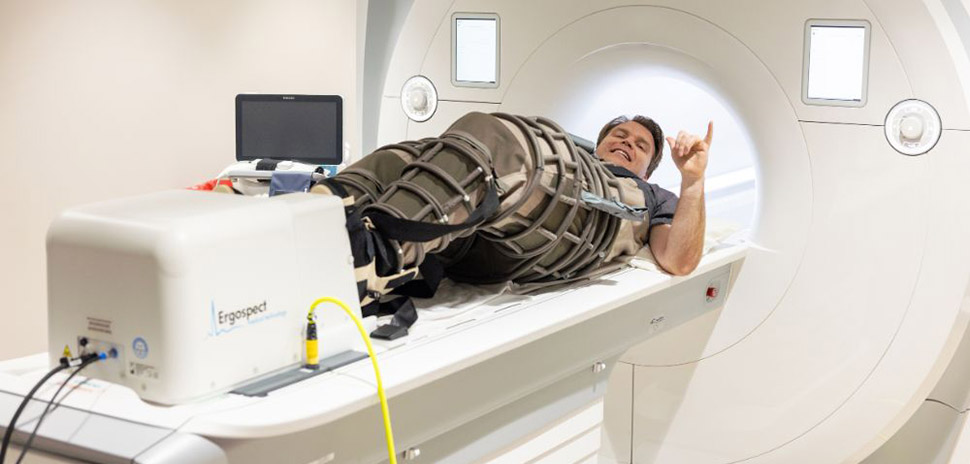
Michael Nelson, associate professor, wears the lower body negative-pressure pants at UTA’s Clinical Imaging Research Center [Photo: UTA]
Heart stress tests conducted inside MRI machines have a hidden challenge: when patients lie flat, their hearts appear to function better than they actually do—making it harder for doctors to detect signs of disease
Michael Nelson, a kinesiology researcher at the University of Texas at Arlington, saw a solution in an unlikely place—a photo of astronauts floating in space, wearing gear built to mimic gravity’s pull on the body.
The pants they wore—designed to simulate standing conditions in microgravity—sparked an idea. Nelson realized the same concept could help clinicians test heart function more accurately inside an MRI machine.
Nelson’s solution, now patent-pending, could help doctors more accurately assess heart function without invasive procedures or bulky equipment.
How the pants work
Cardiac MRI stress tests are typically done while a patient lies flat. But without gravity pulling blood down toward the legs, more blood flows back to the heart. That increases stroke volume, the amount of blood pumped per beat, and could make the heart appear to function better than it does.
Nelson and his team developed lower body negative-pressure pants that simulate the effects of standing up while the patient remains in the MRI. That lets clinicians to see how the heart performs under more realistic stress conditions.
“We’ve completely transformed the way we look at exercise cardiac MRI,” said Nelson, associate professor of kinesiology at UTA and director of both the Clinical Imaging Research Center and the Center for Healthy Living and Longevity.
“In my opinion, the recent developments we’ve made should become the new standard. You shouldn’t be doing exercise cardiac MRI without lower body negative-pressure pants.”
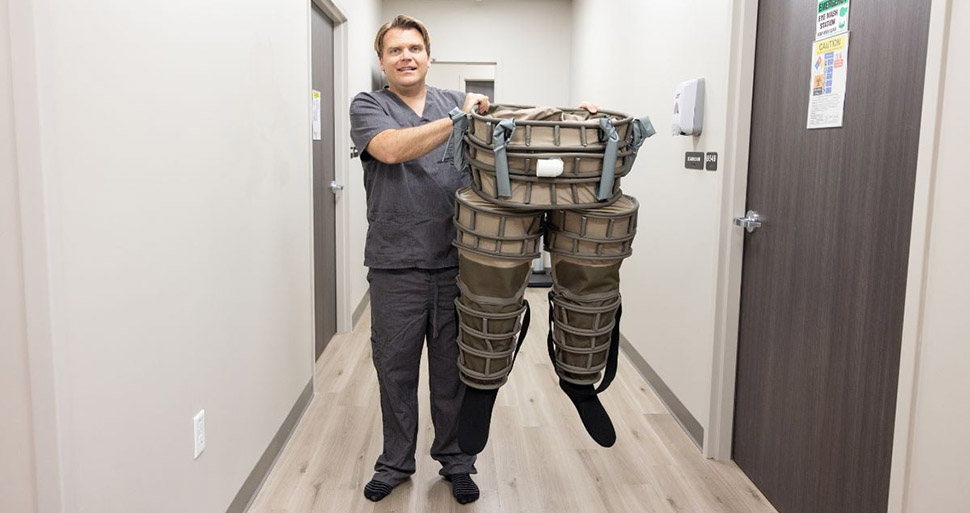
UTA researcher Michael Nelson [Photo: UTA]
Avoiding invasive procedures
The pants are part of a broader push by Nelson’s team to advance MRI-based cardiac testing.
In a recent study published in the American Journal of Physiology, the team showed that MRI can be used to measure venous oxygen levels, an indicator of how well the body extracts oxygen from blood, without inserting a catheter.
Previously, doctors needed to insert a catheter into the inferior vena cava, the body’s largest vein, to get this data.
“The new MRI technique avoids that invasive step—reducing risk for patients while still providing the same level of accuracy and reliability,” said Richard Thompson, a professor at the University of Alberta and senior author of the study.
Working towards a new standard for exercise MRI
By combining venous oxygen data with cardiac output, the amount of blood the heart pumps per minute, Nelson’s team can calculate how much oxygen the body is using during exercise. UTA said that’s a significant metric for predicting illness or risk of death.
Taken together, the advancements lay the groundwork for a new generation of cardiac testing that is noninvasive, repeatable, and entirely MRI-based. In the past, researchers relied on stationary bikes, oxygen masks, metabolic carts, and separate imaging steps.
“Our initial proof-of-concept data clearly highlights the strength and promise of this approach,” said Brandon Hathorn, a Ph.D. student in Nelson’s Applied Physiology and Advanced Imaging Laboratory and lead author of a recently published article in the European Heart Journal.
Research in Motion: Understanding exercise intolerance
The work is supported by UT Arlington’s Clinical Imaging Research Center, a $6.2 million facility that opened in November 2024. It features a 3-Tesla MRI machine with a 70-centimeter bore, large enough for exercise studies.
“What’s great about MRI is that it’s completely safe—we could do one of these MRI stress tests every day, or every month,” Mark Haykowsky, a former UTA professor who is now at the University of Alberta and is a senior investigator on the project, said in a statement. “We’ve eliminated a lot of the risks since it’s noninvasive and there’s no ionizing radiation.”
The research is focused on understanding why some people struggle with physical activity—whether in clinical settings or daily life, UTA said.
Poor exercise capacity is not just a clinical measure. It affects day-to-day life. Nelson said even simple tasks like walking to the mailbox or vacuuming can become exhausting for patients with limited function.
“Imagine feeling like you’re working at your absolute maximum most of the day?” Nelson said. “Being able to noninvasively identify specific mechanisms limiting someone’s capacity, whether it is the heart, the muscles, or both, will allow for targeted treatments to improve quality of life and longevity.”
Don’t miss what’s next. Subscribe to Dallas Innovates.
Track Dallas-Fort Worth’s business and innovation landscape with our curated news in your inbox Tuesday-Thursday.
R E A D N E X T
-
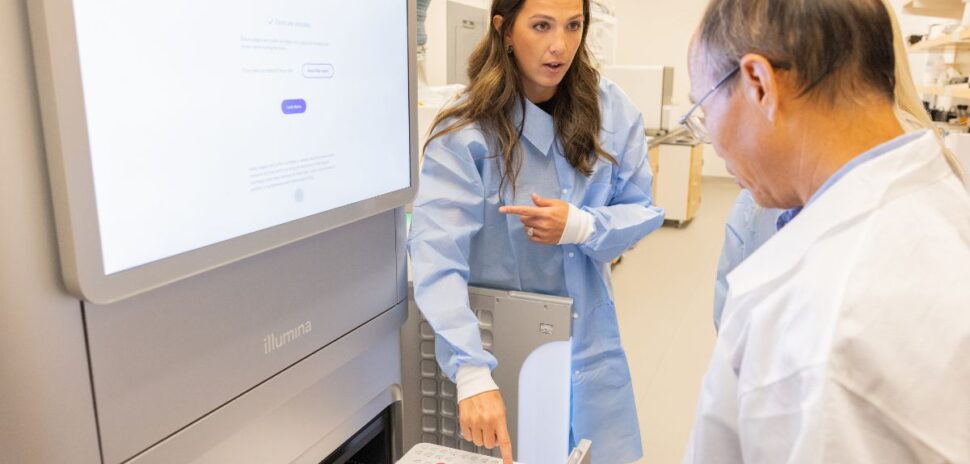
University of Texas at Arlington reported its projects contributed $59 million to the national economy last year, an increase of 39% from 2023, according to a new report from the Institute for Research on Innovation and Science (IRIS).
-
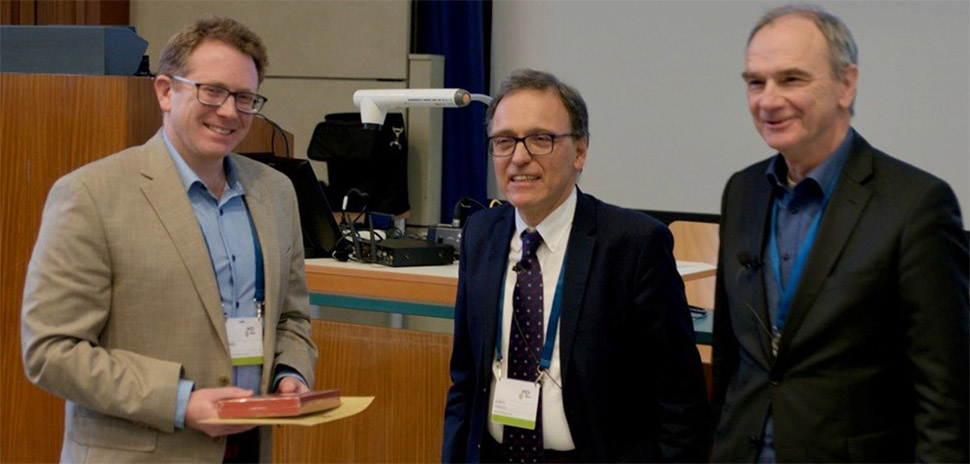
Physicist Ben Jones’ innovations could help uncover the origins of matter—and deepen our understanding of the universe itself. The scientist was awarded the 2025 International Committee for Future Accelerators (ICFA) Early Career Researcher Instrumentation Award for his particle detector breakthroughs.
-

The Tech Transfer Showcase spotlights life science innovation at universities and strengthens the development of future leaders and entrepreneurs, BioNTX said. Here are the six university finalists who’ll be pitching at the summit.
-
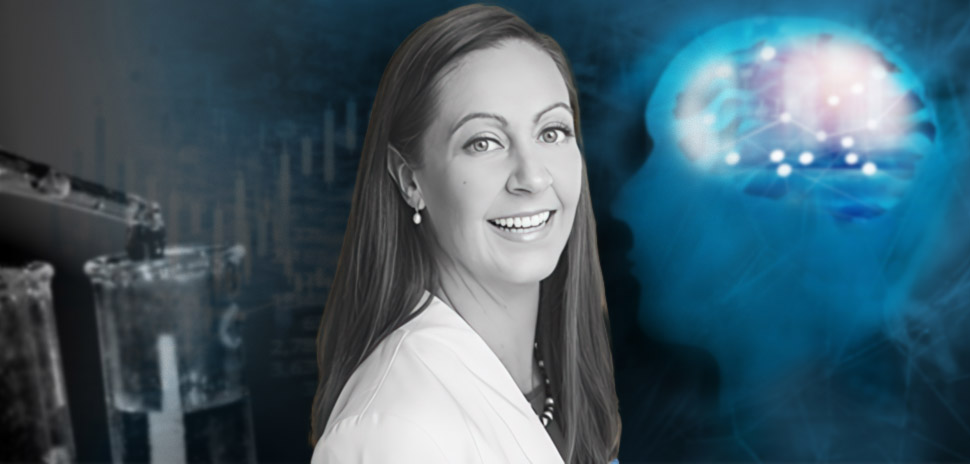
With a new CEO and three seasoned industry veterans joining its board, Research Bridge Partners is focused on moving university innovations from the lab to the marketplace. Last year, the Texas-based nonprofit, in collaboration with Lyda Hill Philanthropies, invested $4 million into North Texas’ UT Southwestern Medical Center, bolstering efforts to transform groundbreaking research into viable companies.
-
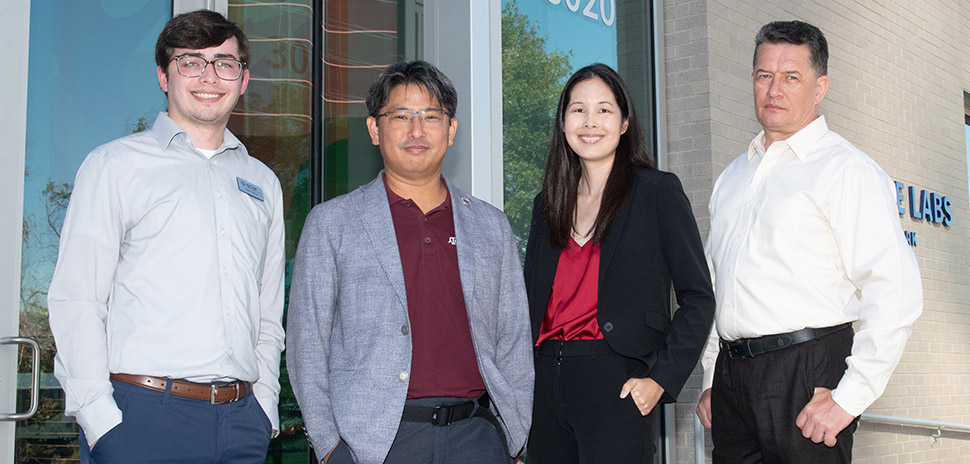
The new center at Bridge Labs will train the workforce powering North Texas’ biotech boom—helping startups speed therapies, vaccines, and breakthrough biologics from lab bench to patients. Funded in part by Lyda Hill Philanthropies, the National Center for Therapeutics Manufacturing Satellite Campus is set to open this summer.